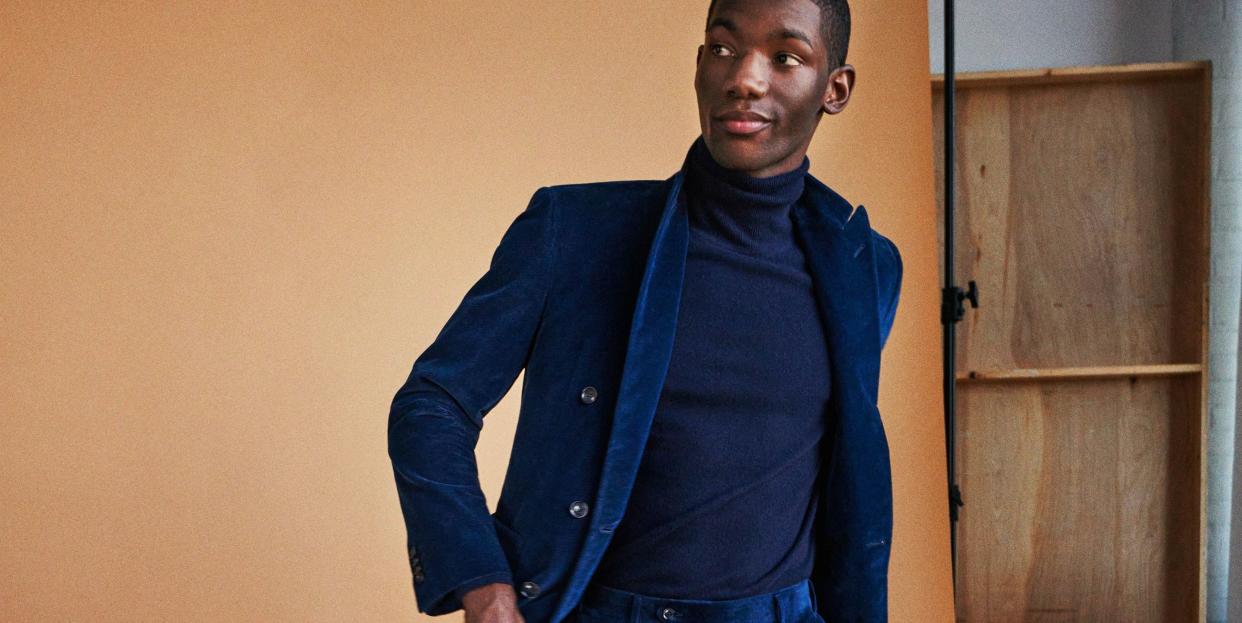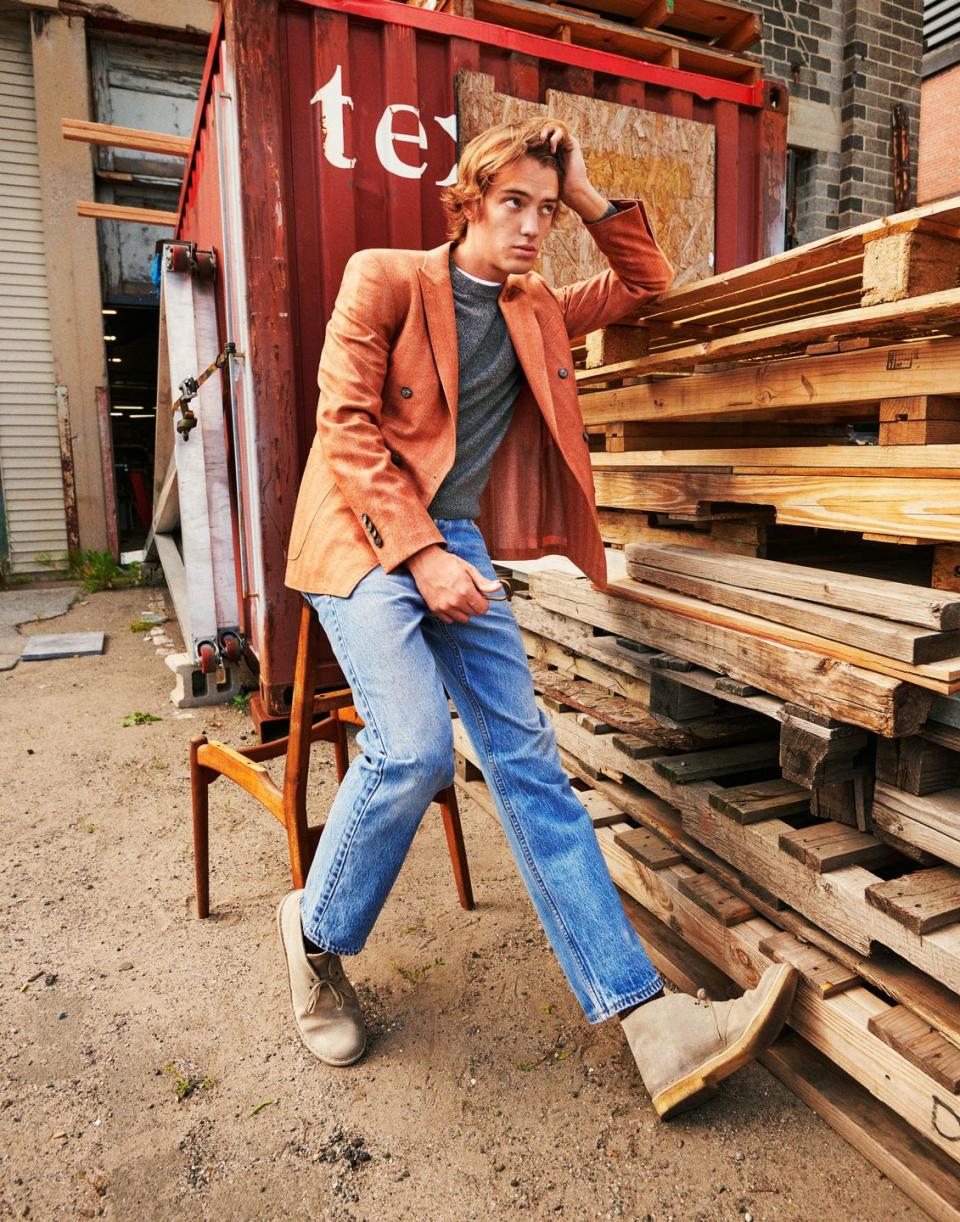Still Think Suits Have to Be Stiff? Canali's Lightweight Tailoring Proves Otherwise.

Even before a pandemic-induced work-from-home wardrobe turned us all into connoisseurs of casual wear, able to sniff out the slight shift in bouquet between a simple sweatpant and a true lounge pant, the trend toward dressing down had been going strong for decades. Americans usually get the credit (blame?) for that, but well ahead of the advent of Casual Friday (and then Casual Every Day), some of Italy’s sharpest dressers were already leaning all the way into taking it easy. It’s not exactly the same, of course, but swap T-shirts for almost impossibly lightweight jackets and you’ll get the idea. From the days of buttoned-up bella figura, Italian tailors, spearheaded by the godfather of it all, Vincenzo Attolini in Naples, experimented with the structure of the suit to make it more comfortable and less rigid as early as the 1930s.
Later, as ready-to-wear options replaced bespoke garments, those lighter takes on officewear became available off the rack and around the world, making a name for “Made in Italy” in ever-widening circles. And in the past 20 or so years, a constant drive to lighten things up has allowed us to pile on the layers without piling on the pounds.
Canali is a perfect example of that evolution of Italian style. It was founded in Milan in 1934 as a suit maker. But as Milan cemented itself as a global fashion capital in the '60s, Canali saw a golden opportunity to introduce outerwear and establish the family name as a fully fledged brand, offering options for your entire wardrobe. Applying artisanal skills on an industrial scale became the lasting Italian business model for menswear.

In the early aughts, Canali pioneered a capsule line of jackets reflecting a new taste for semiformal clothes that looked business appropriate but felt to the wearer like a cardigan, which meant you could pair a Kei jacket, as it was called, as easily with jeans as with a shirt and tie. Kei (as in K for knit) was originally a single unstructured blazer, but the program has expanded to include suits, trousers, and even overcoats, all subtly updated each season and all, like that initial jacket, designed to balance sartorial rigor with effortless comfort.
In other words, you’ve got no excuse not to step it up—at least a little. That Life Is Good tee has seen better days. Maybe it’s time to try la dolce vita.
This article appears in the September 2020 issue of Esquire.
You Might Also Like

